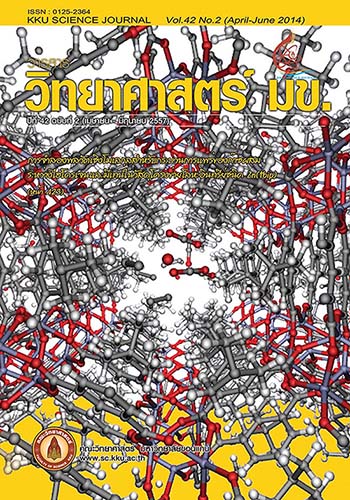Protein Modification Using Proteases and its Applications
Main Article Content
Abstract
Proteolytic enzymes catalyse hydrolysis of peptide bond in proteins resulting in oligopeptides, peptides and amino acids. The functional properties of modified protein are different from those of native proteins. The properties of modified protein can be monitored through degree of hydrolysis (DH). Limited proteolysis, partial hydrolysis at low DH, causes a change in conformation, molecular weight distribution, stability, flexibility and interfacial properties of modified protein. These changes affect solubility, water holding capacity, emulsifying properties and foaming properties. Extensive proteolysis occurs at high DH. The obtained product contains a large amount of peptides and free amino acids compared to limited proteolysis. Some of these peptides not only improve nutritional value but also possess regulatory functions in humans and health benefits. Thus, applications of modified protein with different degree of hydrolysis in food product is dependent on its functional properties and the objective of utilization.
Article Details

This work is licensed under a Creative Commons Attribution-NonCommercial-NoDerivatives 4.0 International License.


